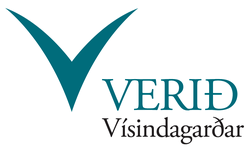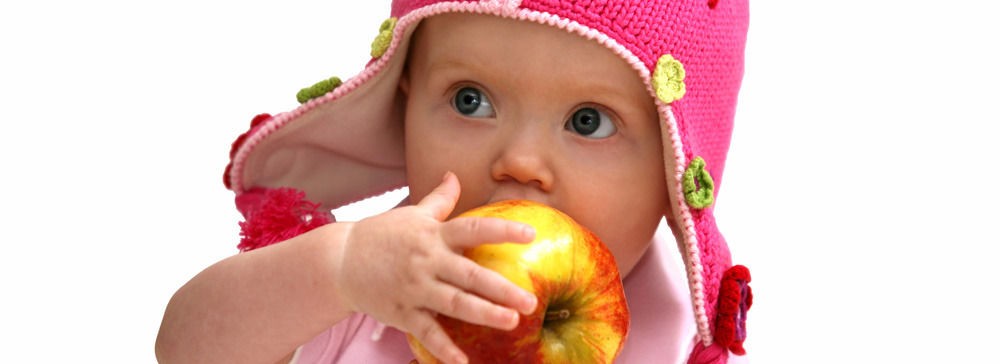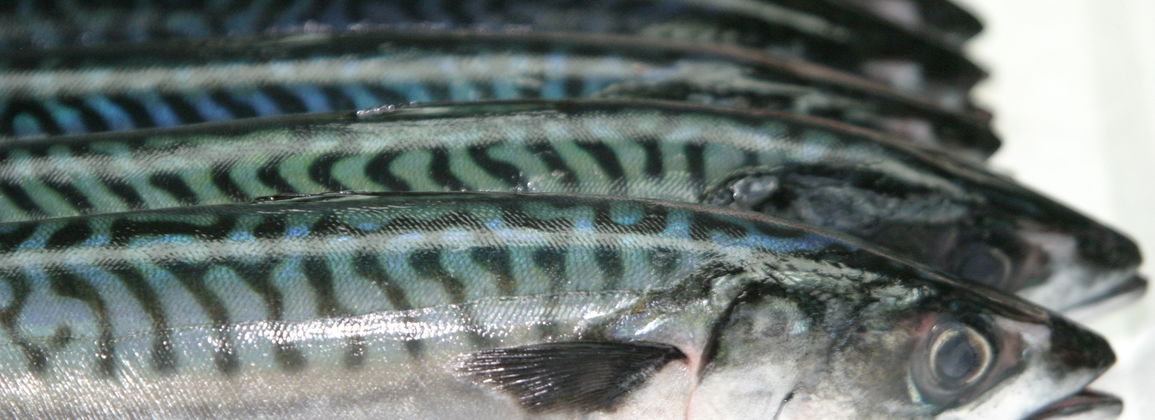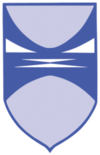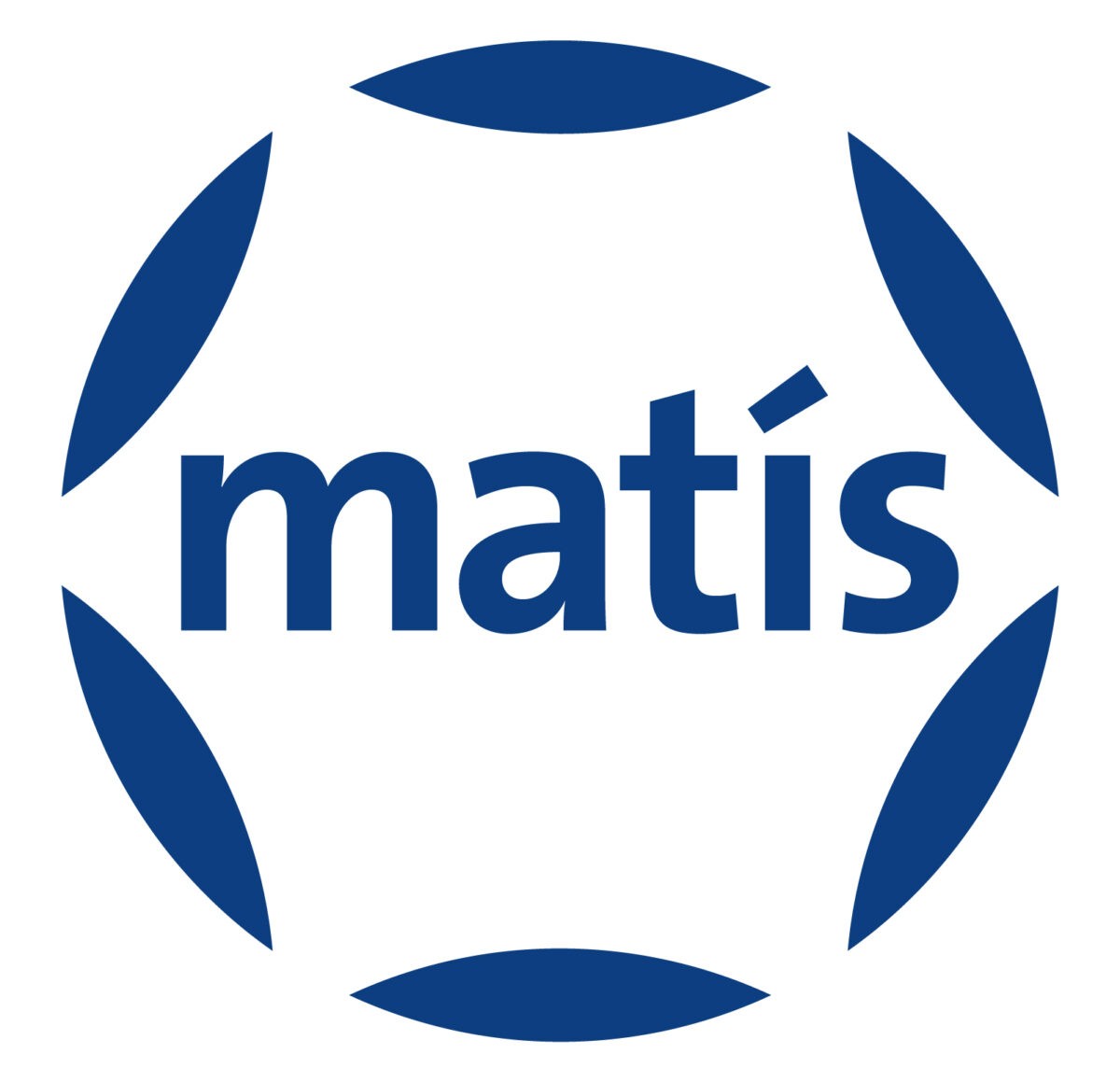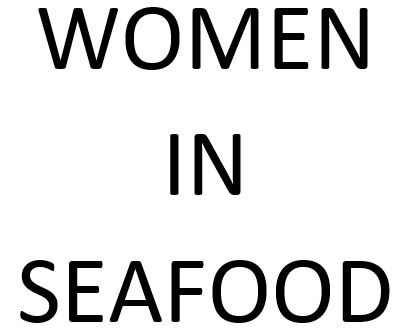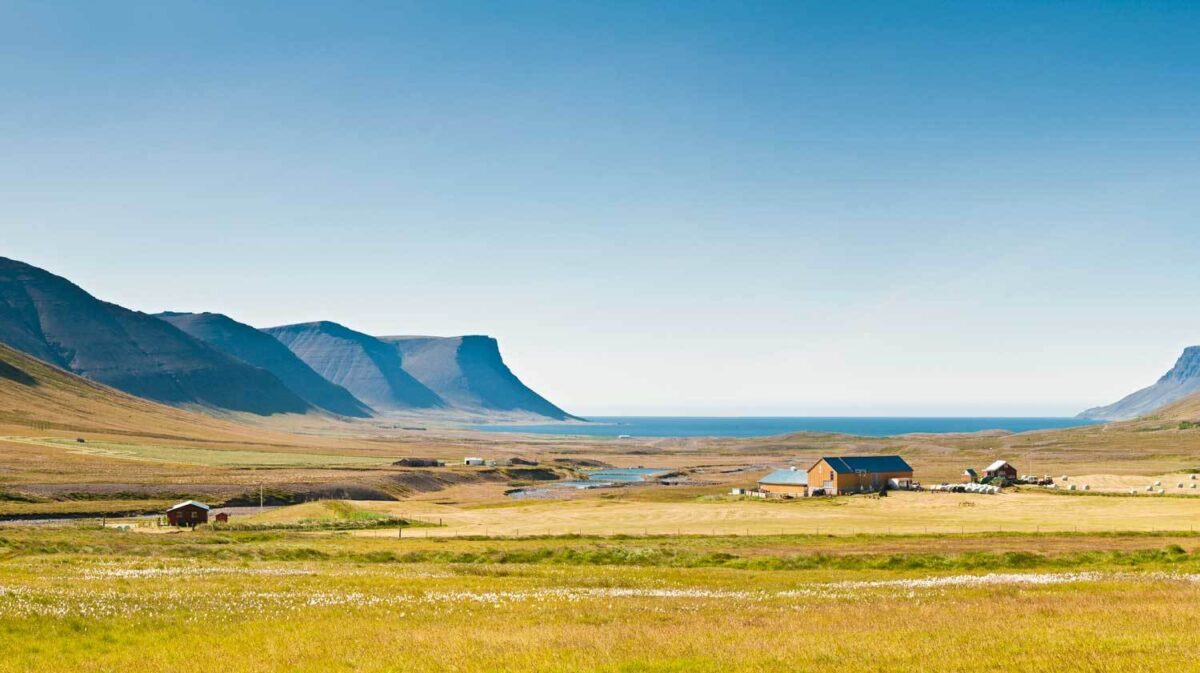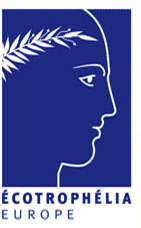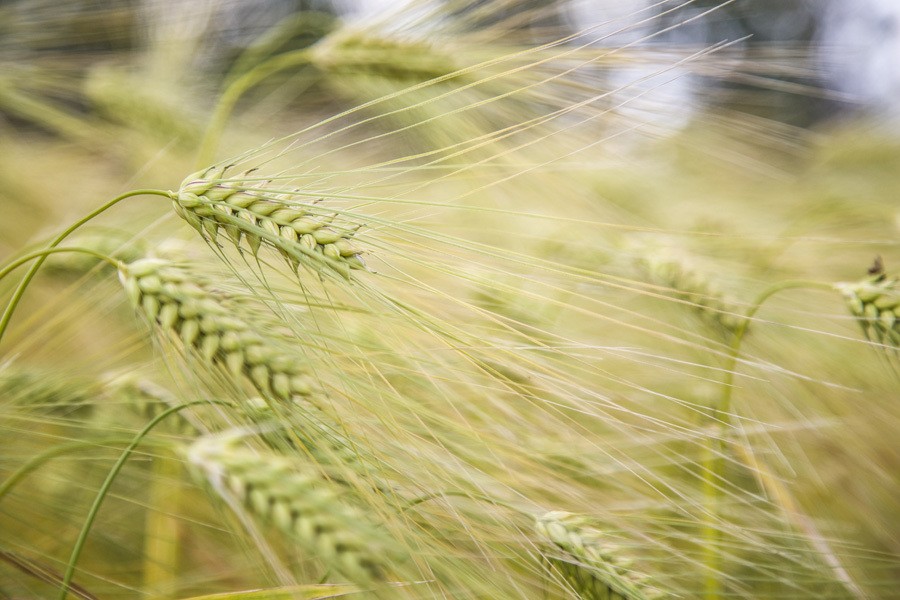Margrét Eva Ásgeirsdóttir gives a lecture on anti-diabetic activity in seaweed (Fucus vesiculosus) and pine bark examined using a 3T3-L1 fat cell model. The lecture takes place in Verinun, Vísindagörður located in Sauðárkrókur. You can follow the lecture at Matís' headquarters at Vínlandsleið 12, on Thursday 4 February at 10: 00-11: 00 (hall: Esja-311).
The aim was to investigate the effects of seaweed and pine bark extracts on fat accumulation in the 3T3-L1 fat cell model, their inhibitory activity against α-glucosidase and their antioxidant activity.
Three seaweed extracts inhibited fat accumulation in the 3T3-L1 cells without affecting their survival, and F. vesiculosus water extract showed the best activity with a 35% inhibition at a concentration of 0.1 mg / mL. F. Vesiculosus acid extract also showed good activity with 19% inhibition in the same concentration. In addition, both seaweed and pine bark extracts had strong antioxidant activity as well as inhibitory activity against α-glucosidase. The pine bark had the highest antioxidant activity in ORAC with 2869 µmol TE / g and the same extract had good inhibitory activity against α-glucosidase with 1.3 µg / mL IC50 value.
Further research is needed to identify the processes that inhibit fat accumulation. In vivo studies can also provide information on whether these effects could also occur in living organisms. This could lead to the development and production of supplements that could be used to prevent obesity and the related metabolic diseases.
Projects for a master's degree in food science worked on Matís Biotechnology Center in Sauðárkrókur.
Supervisors: dr. Eva Küttner , dr. Hörður G. Kristinsson and dr. Björn Viðar Aðalbjörnsson
Examiner: dr. Margrét Helga Ögmundsdóttir

